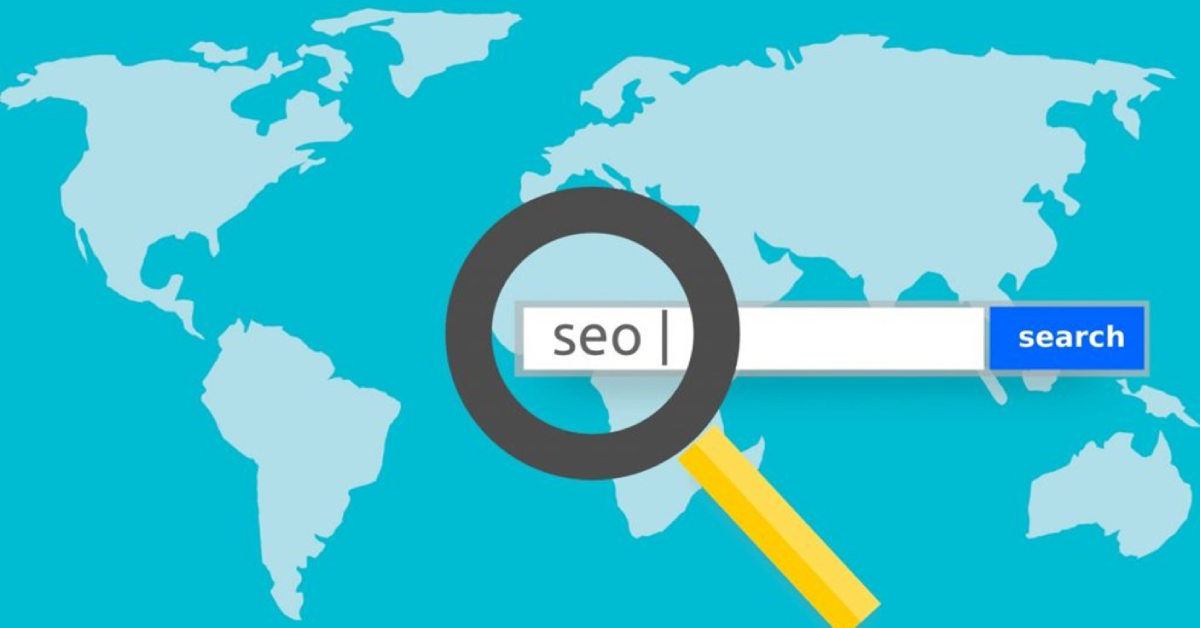September 27, 2023
A Guide on how to check the Title and Meta Description of a Webpage

In the vast and competitive world of digital marketing, every little aspect counts, and that includes the meta titles and meta descriptions of your website. This article delves into the importance of checking and optimizing meta titles and meta descriptions to ensure enhanced SEO (search engine optimization) and an improved user experience.
What is a Meta Title?
A meta title, or title tag, is a crucial HTML element that specifies the title of a webpage. It is displayed on the browser’s title bar or tab, and more importantly, it’s used as the clickable headline on search engine results pages (SERPs). The meta title provides a concise, clear, and accurate description of the content on a webpage, helping both search engines and users understand what the page is about.
Importance:
Search Engine Ranking: The meta title is a significant factor in search engine optimization (SEO). It helps search engines determine the relevancy of a webpage for a specific search query.
Click-Through Rates (CTR): A compelling and relevant meta title can increase the click-through rate from the search results, leading to more traffic to the website.
User Experience: It gives users a quick insight into the webpage’s content, helping them decide whether the page is relevant to their search query or not.
What is a Meta Description?
A meta description is a brief summary, provided in HTML, that describes the content of a webpage. It appears under the meta title in SERPs and gives potential visitors insight into the page’s content before they click on it.
Importance:
Search Engine Optimization: Even though it’s not a direct ranking factor, a well-written meta description can improve the click-through rate, positively impacting the website’s performance in search results.
Increased Traffic: A compelling meta description can attract users’ attention and encourage them to click on the link, increasing website traffic.
Relevance: It helps users quickly determine the relevancy of the page to their search query, enhancing user experience.
Meta SEO Inspector Google Chrome Extension
The Meta SEO Inspector is a Google Chrome extension that allows users to inspect the metadata of a webpage, including the title and meta description, quickly and easily. This metadata is essential for understanding how a webpage is indexed and displayed by search engines. This guide will walk you through the steps to check the title and meta description of a webpage using this extension.
Step-by-Step Guide:
Step 1: Install the Extension
Open your Google Chrome browser and navigate to the Chrome Web Store.
In the search bar, type “Meta SEO Inspector” and press Enter.
Find the Meta SEO Inspector extension in the search results and click on “Add to Chrome”.

In the pop-up window, confirm by clicking on “Add Extension”.
Step 2: Access the Extension
Click the extension icon in the shape of a jigsaw puzzle on the top right of the screen in Google Chrome and then pin the Meta SEO Inspector extension so it can be easily accessed.
Once the extension is installed, you’ll see the Meta SEO Inspector icon on the top right corner of the Chrome browser window.
Navigate to the webpage you want to inspect.
Click on the Meta SEO Inspector icon to open the extension.

Step 3: Review Metadata Information
A window will pop up displaying various pieces of metadata information, including the title and meta description.

Under the ‘Common’ section, you can view the title tag of the webpage. This tag is crucial for SEO and should accurately represent the content of the page. Here you can also find the meta description of the webpage. The meta description provides a brief summary of the webpage’s content and is often displayed in search engine results.

Additional Tips:
Pay attention to the length of the title and meta description. The ideal title length is around 50-60 characters, and the meta description should be around 150-160 characters.
Ensure that the title and meta description accurately represent the content of the webpage and contain relevant keywords.
Use the Meta SEO Inspector to routinely check webpages to ensure that the metadata is optimized for search engine ranking.
Checking Title and Meta Description in Web Page Code
Viewing Page Source:
1. Navigate to the Webpage:
– Open the browser and navigate to the webpage you want to inspect.
2. Open the Page Source:
– Right-click on the webpage (anywhere on the page) and select “View Page Source” from the context menu. Alternatively, you can use the keyboard shortcut `Ctrl+U` (Windows/Linux) or `Cmd+Opt+U` (Mac).

Finding the Title Tag:
3. Search for the Title Tag:
– In the page source, use the `Ctrl+F` (Windows/Linux) or `Cmd+F` (Mac) shortcut to open the search bar.
– Type `<title>` into the search bar. The title tag should be highlighted in the source code.
– The content between the `<title>` and `</title>` tags is the title of the webpage.

Finding the Meta Description:
4. Search for the Meta Description Tag:
– In the search bar (opened with `Ctrl+F` or `Cmd+F`), type `meta name=”description”` or `meta description`. This will highlight the meta description tag in the source code.
– Look at the `content` attribute of the meta tag to see the meta description.

Note:
– If the title or meta description tags are not found, it’s possible that the website does not have them set.
– Some websites dynamically set the title and meta description using JavaScript, in which case they may not be visible in the page source.
By manually inspecting the source code, you can easily view the title and meta description of a web page, giving you insight into how the webpage is presented to search engines and users.
Conclusion:
In conclusion, the consistent checking and optimizing of meta titles and meta descriptions are paramount for enhancing a website’s visibility, traffic, and user experience. This ongoing process not only keeps your site relevant and updated but also aligns with the ever-evolving search engine algorithms, ensuring your website remains competitive and accessible in the digital landscape.




